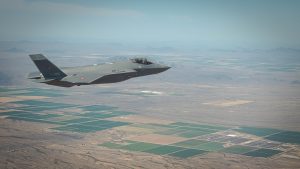
Leonardo DRS said on June 24 that it has received a subcontract from Cubic Corp. [CUB] to deliver more than 150 internal subsystems (IS) of the P5 Combat Training System (P5CTS) for the Lockheed Martin [LMT] F-35 Lightning II fighter's Air Combat Maneuvering Instrumentation (ACMI) system. The two new lots of IS will go on P5CTS for U.S. Navy, U.S. Air Force, and allied nation F-35s. Leonardo DRS said that it has delivered more than 779 of its P5CTS internal…














